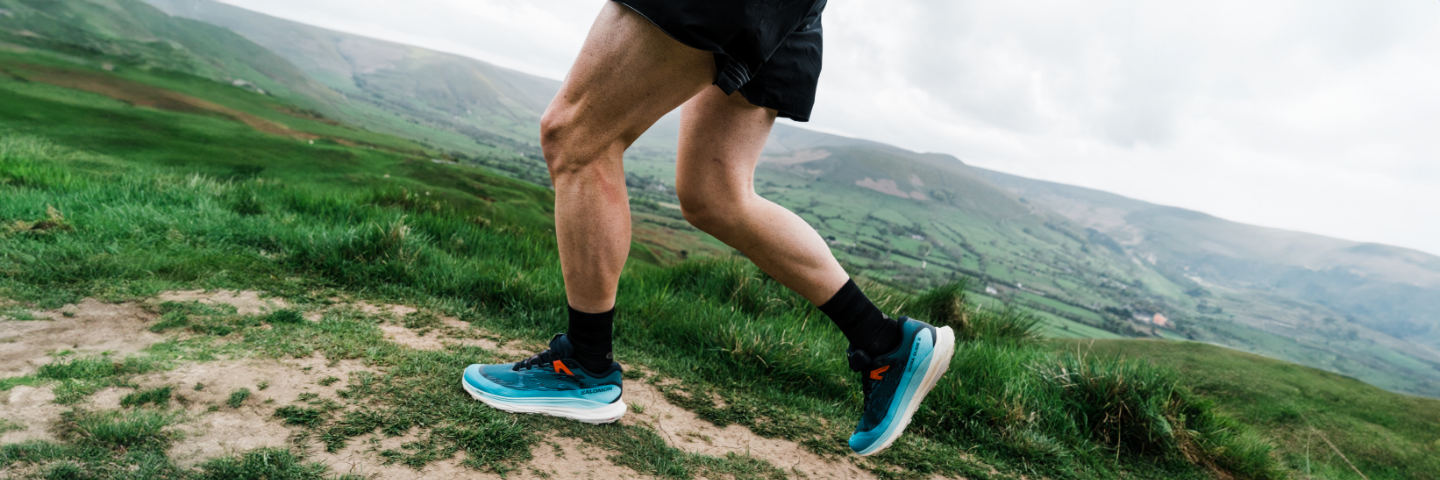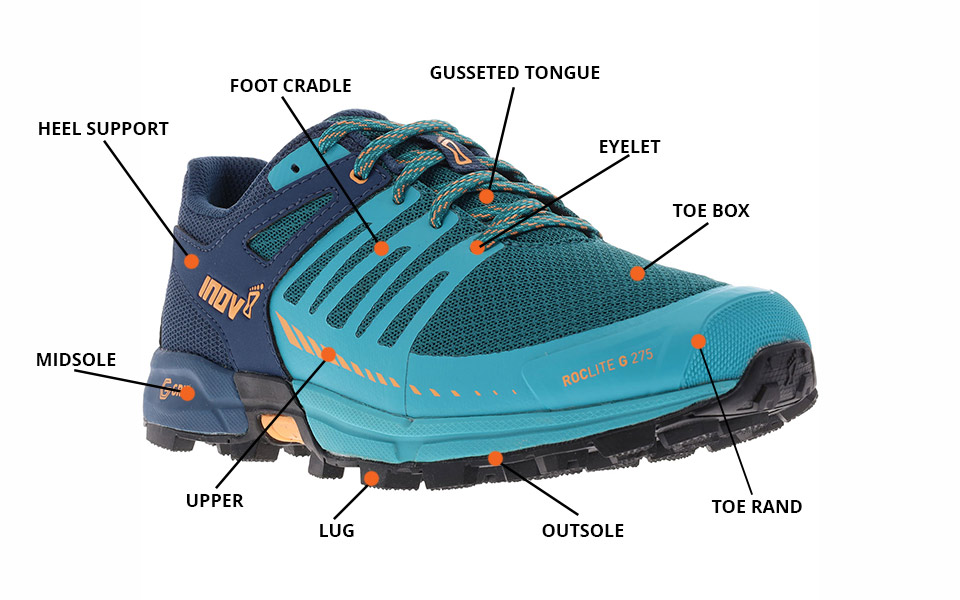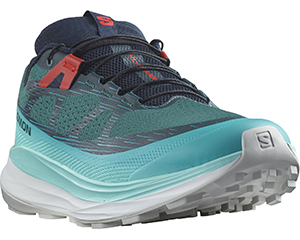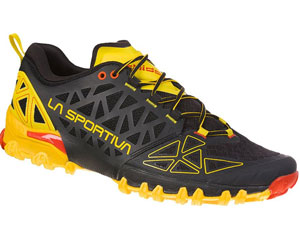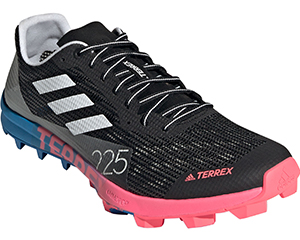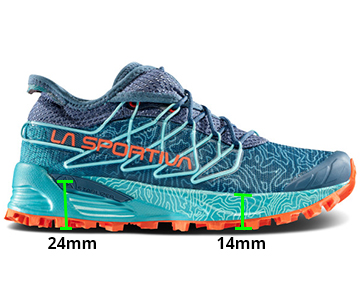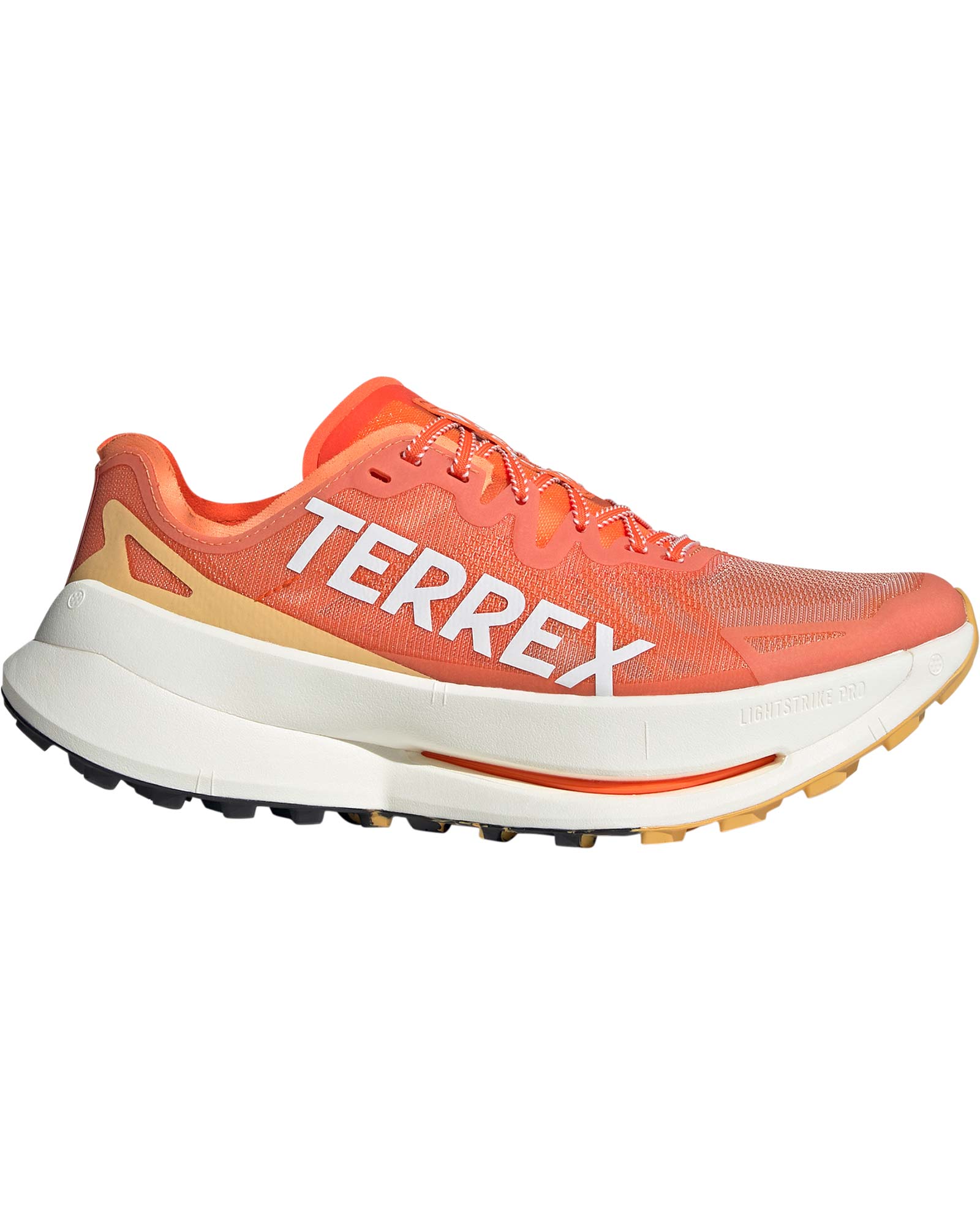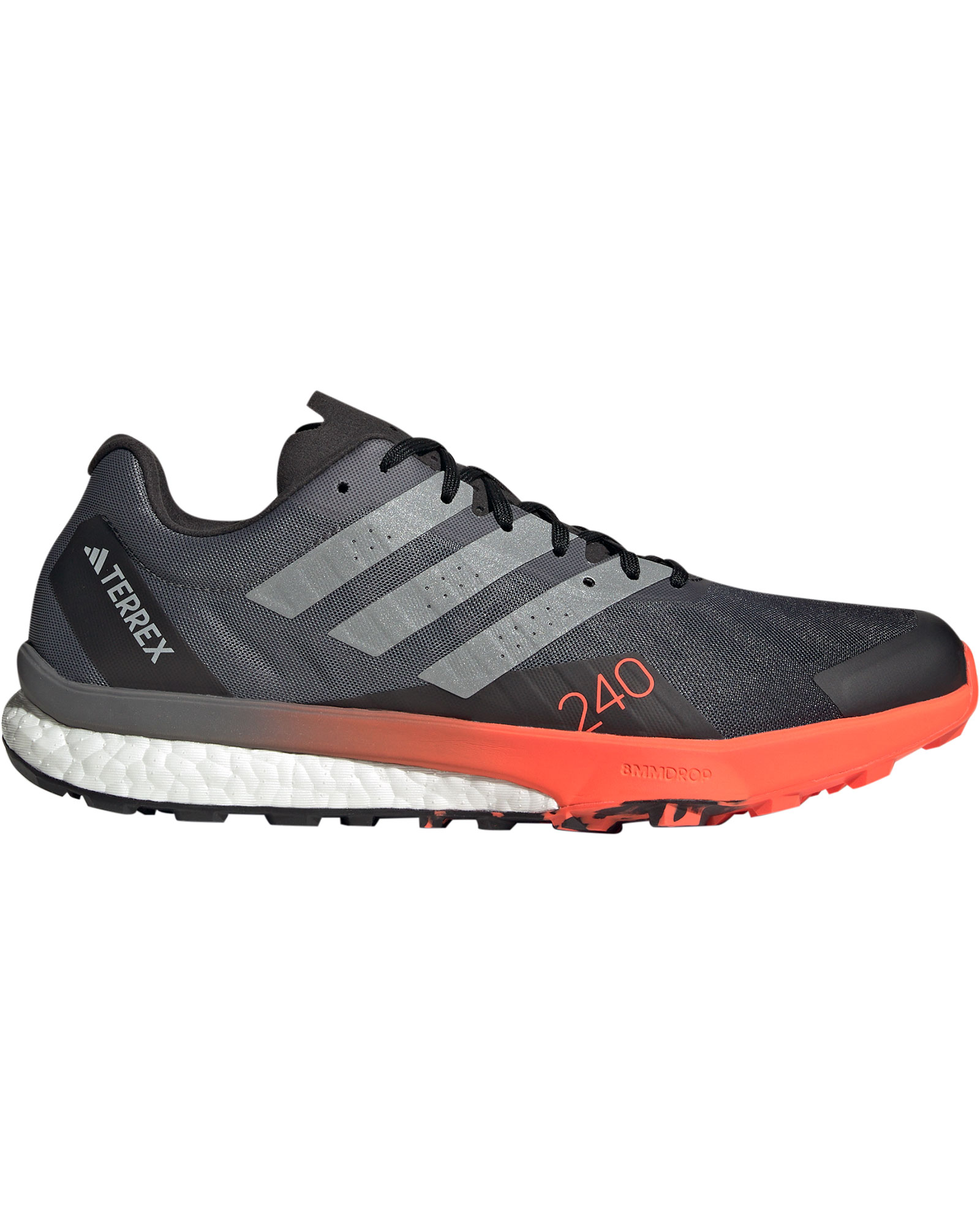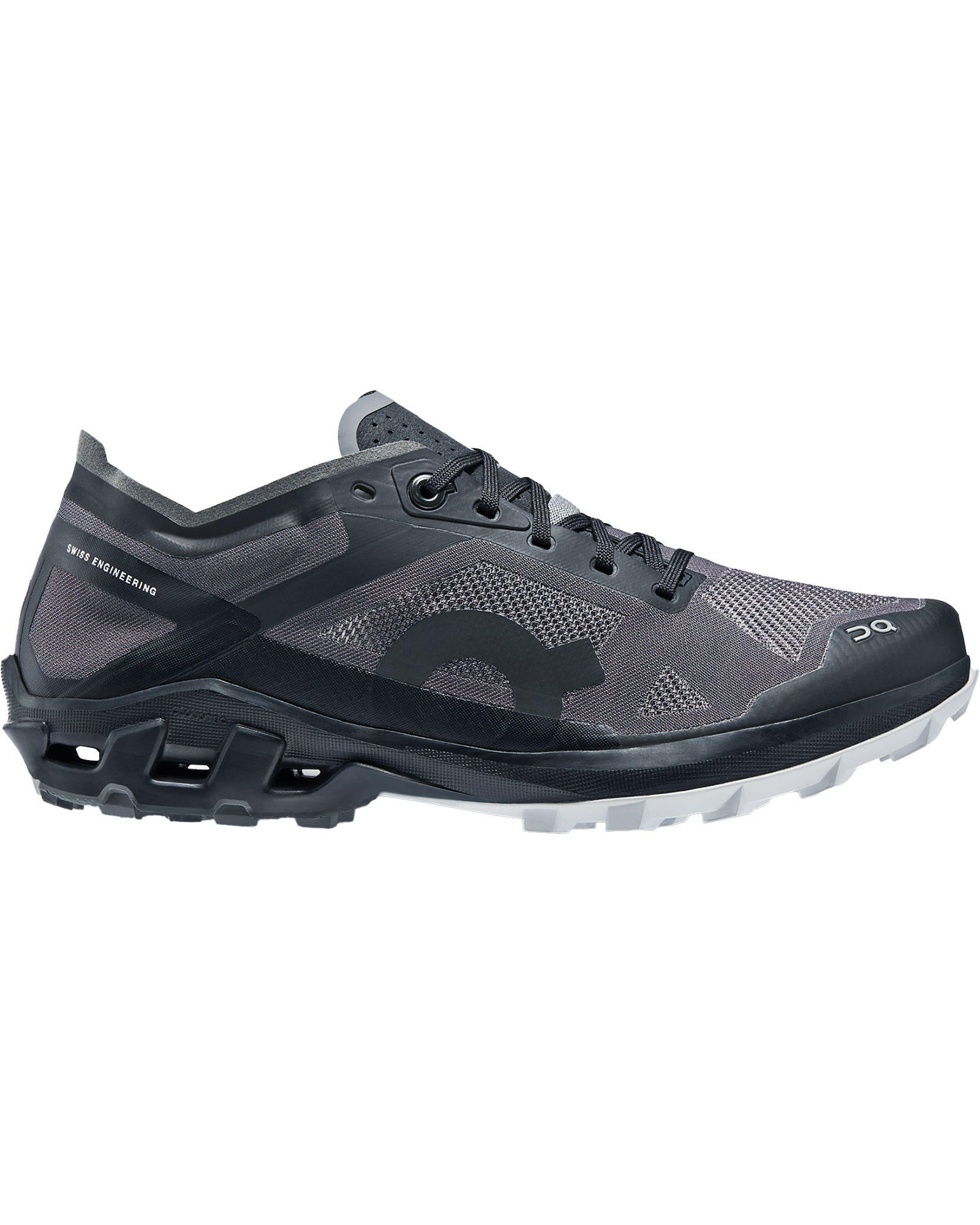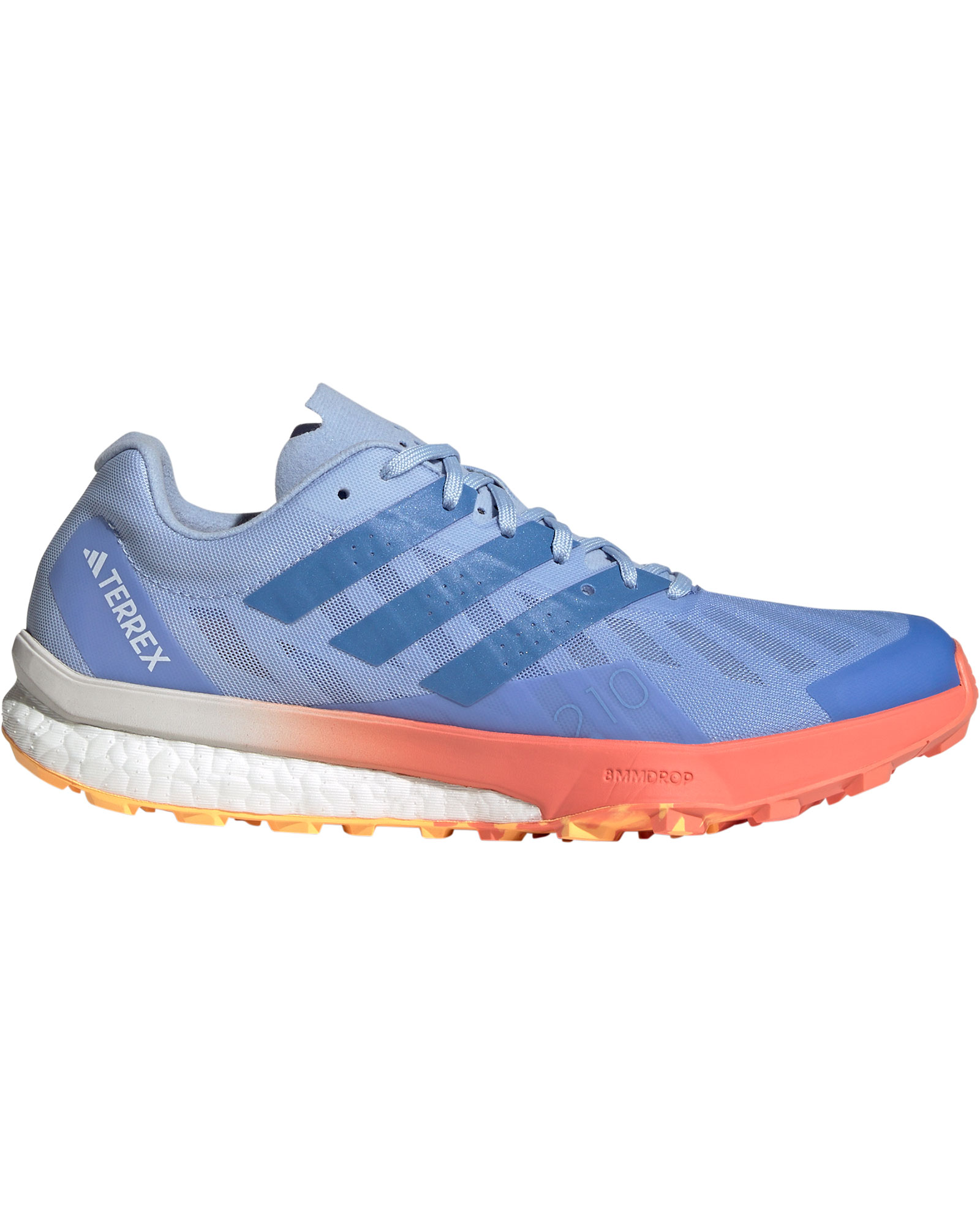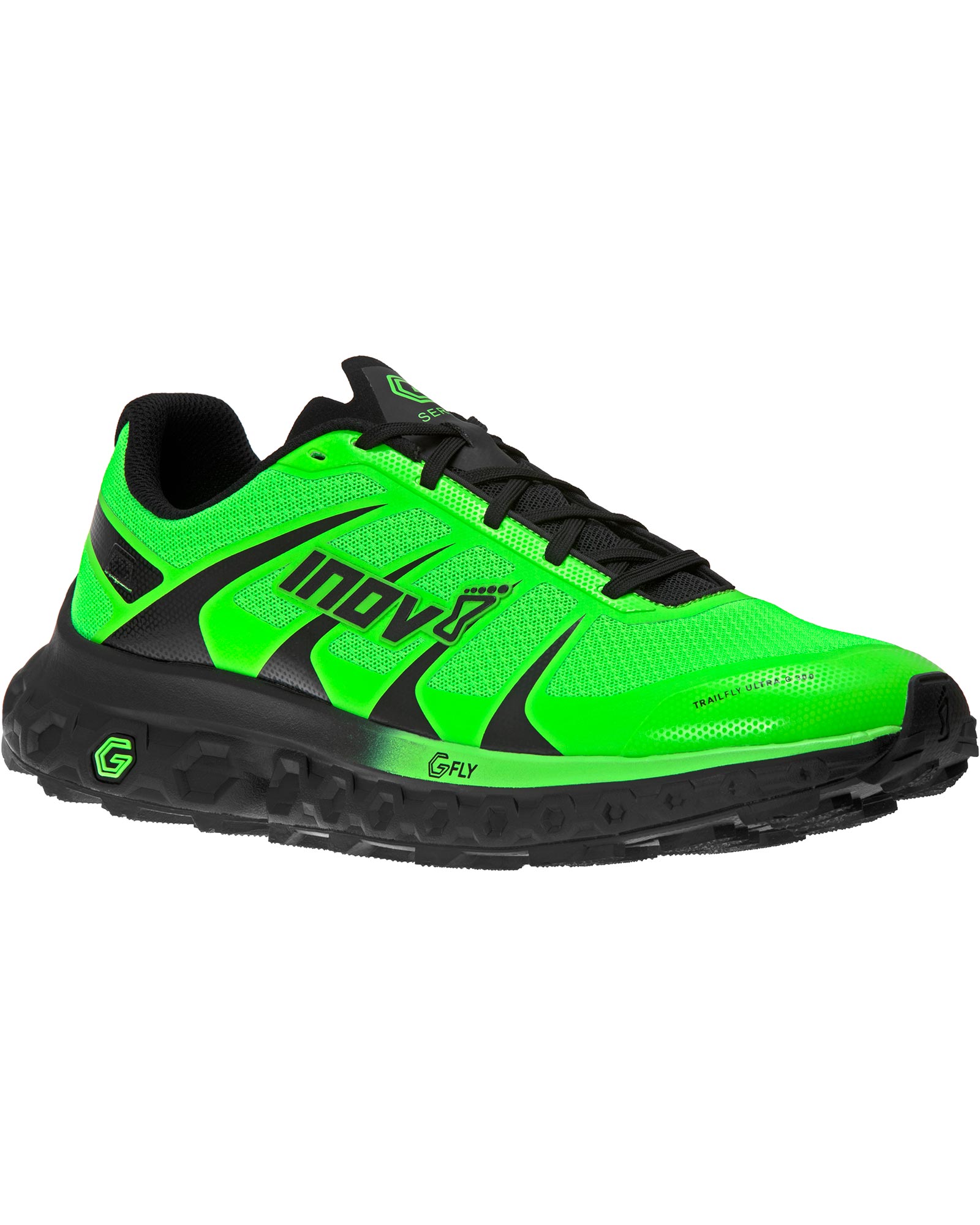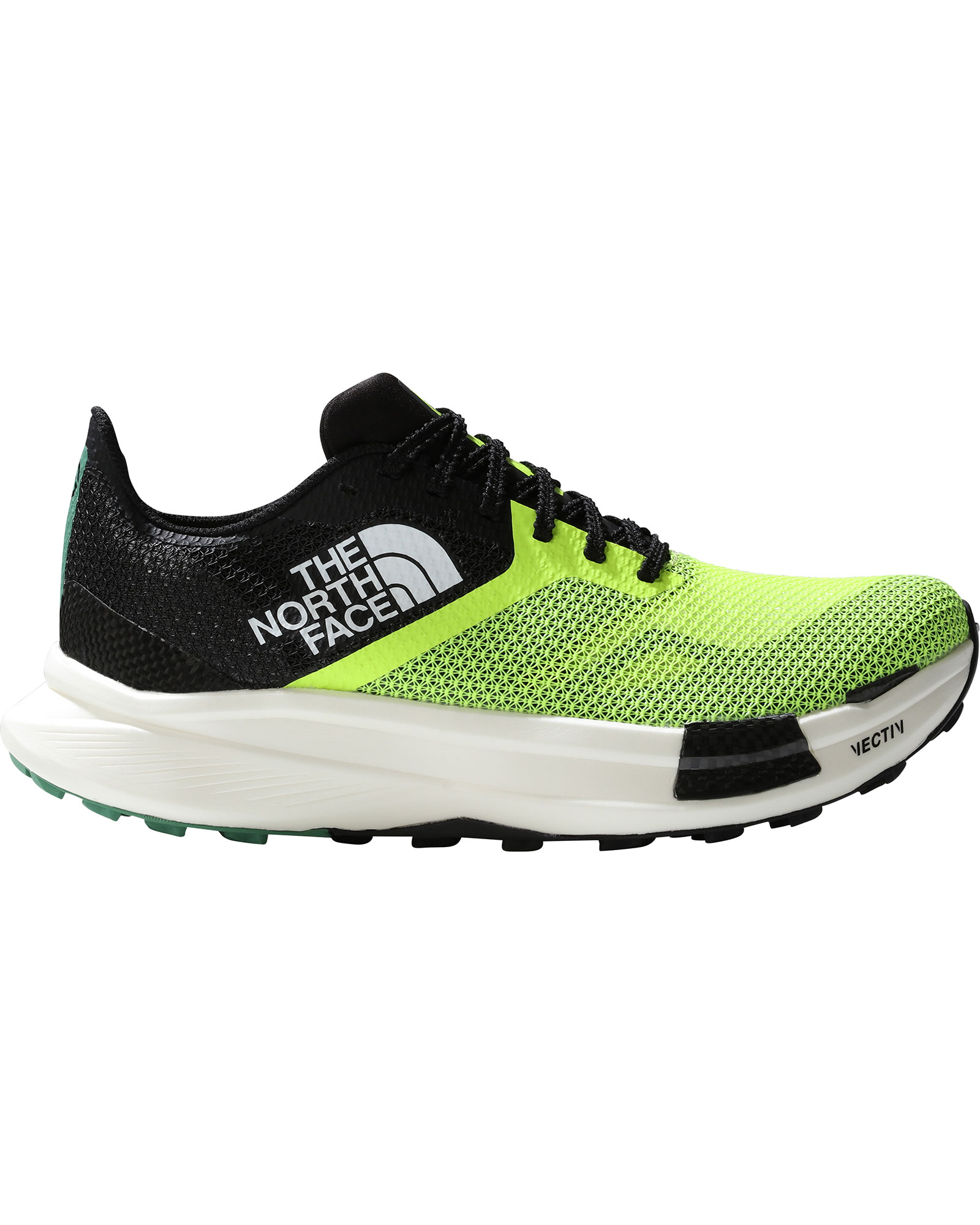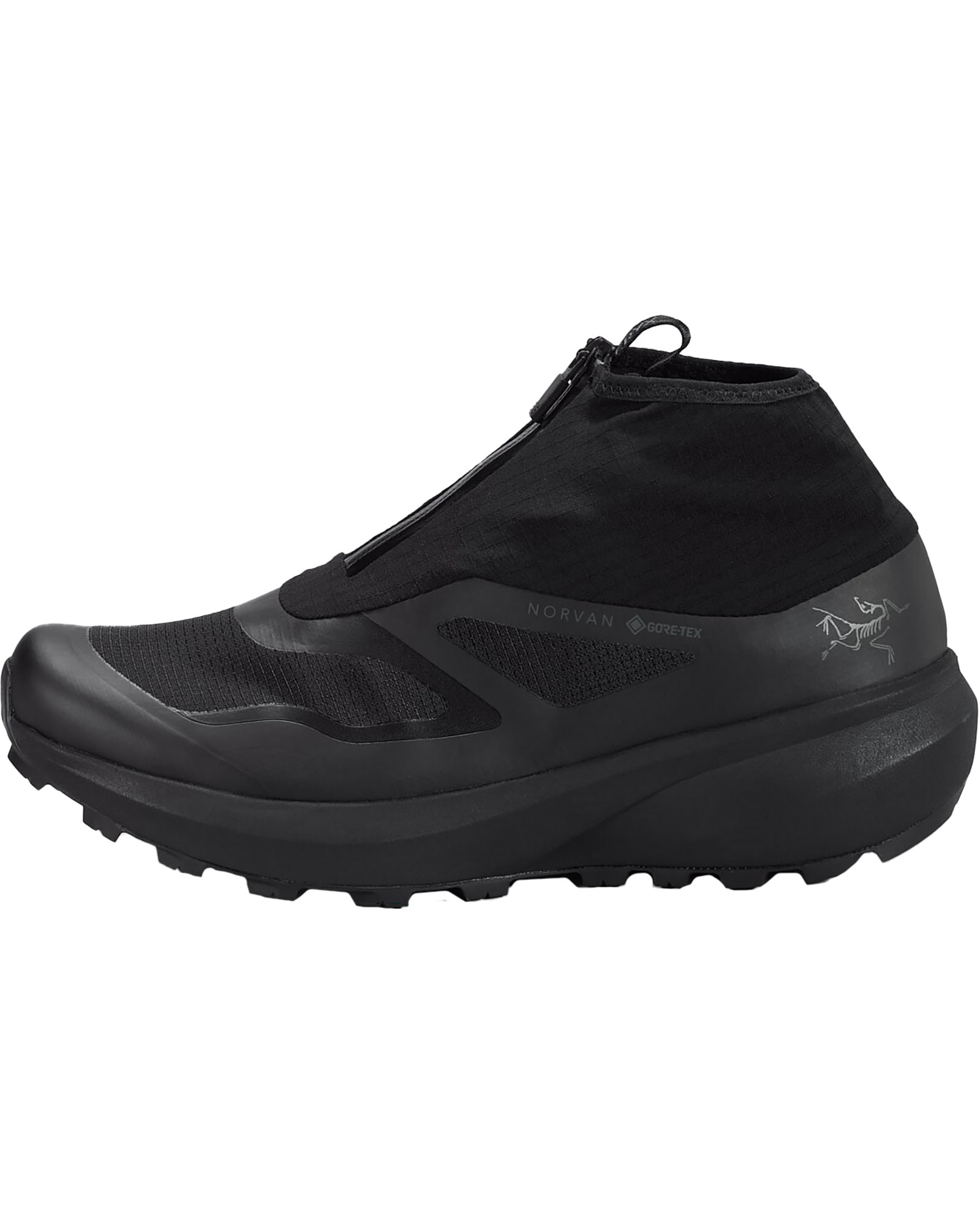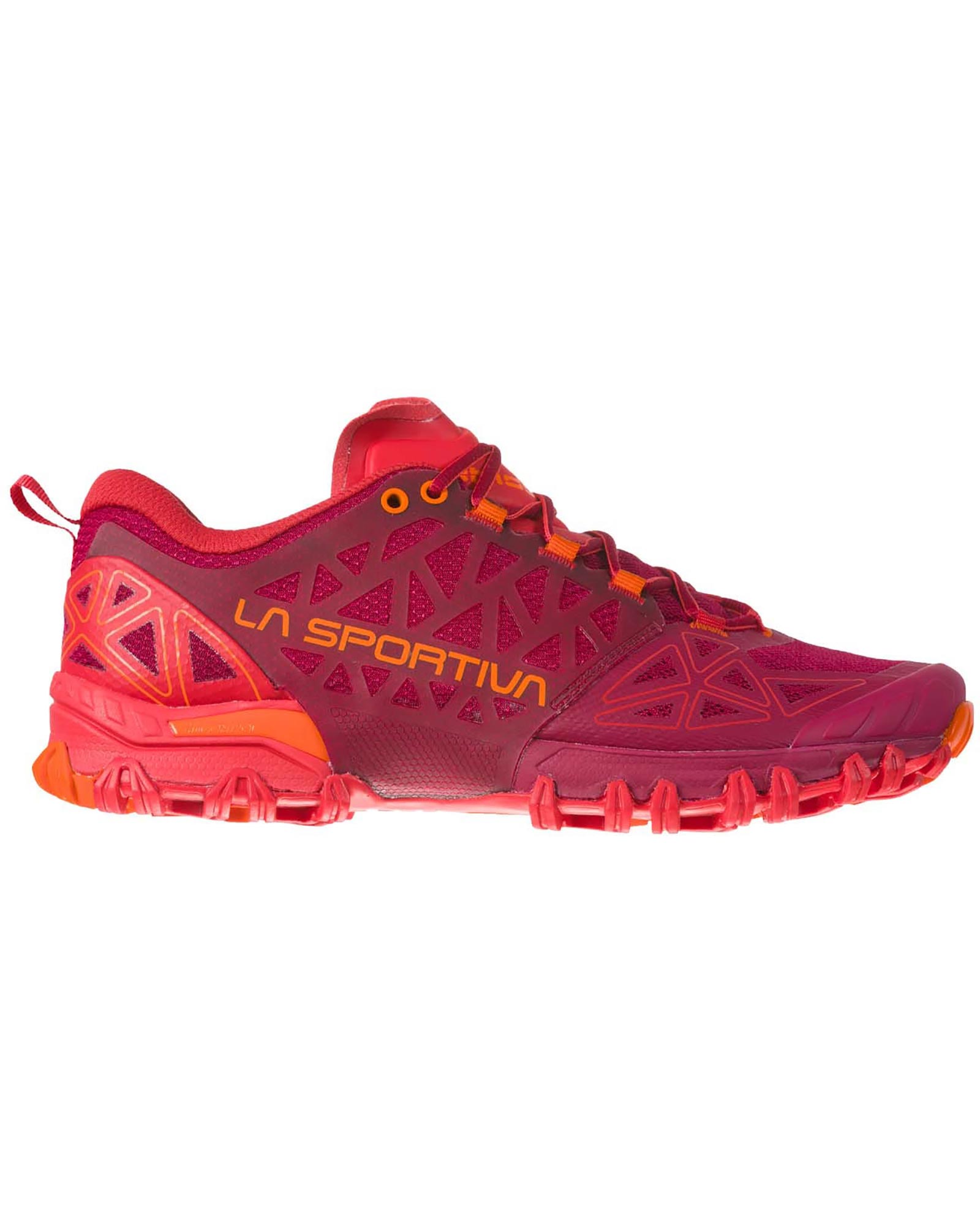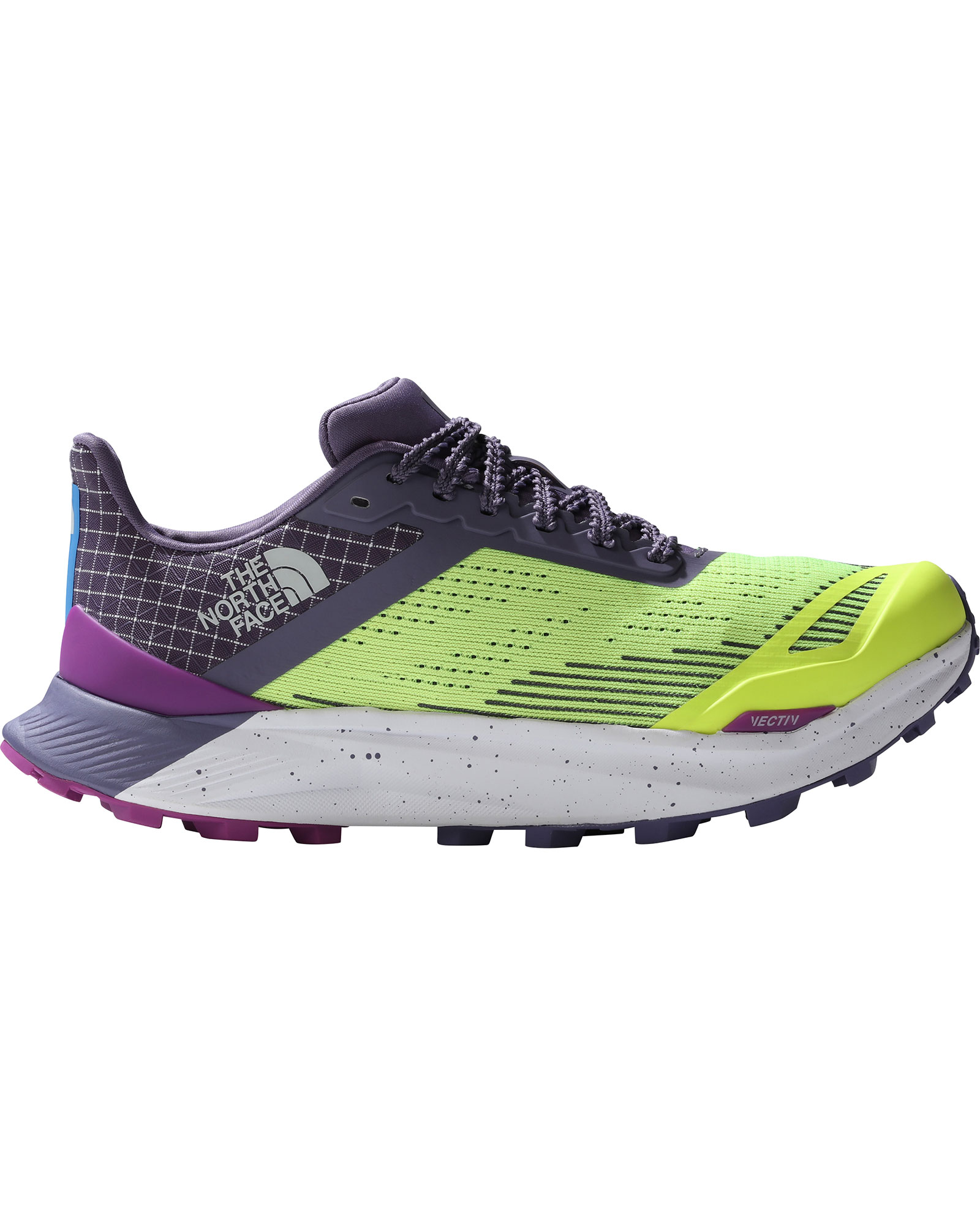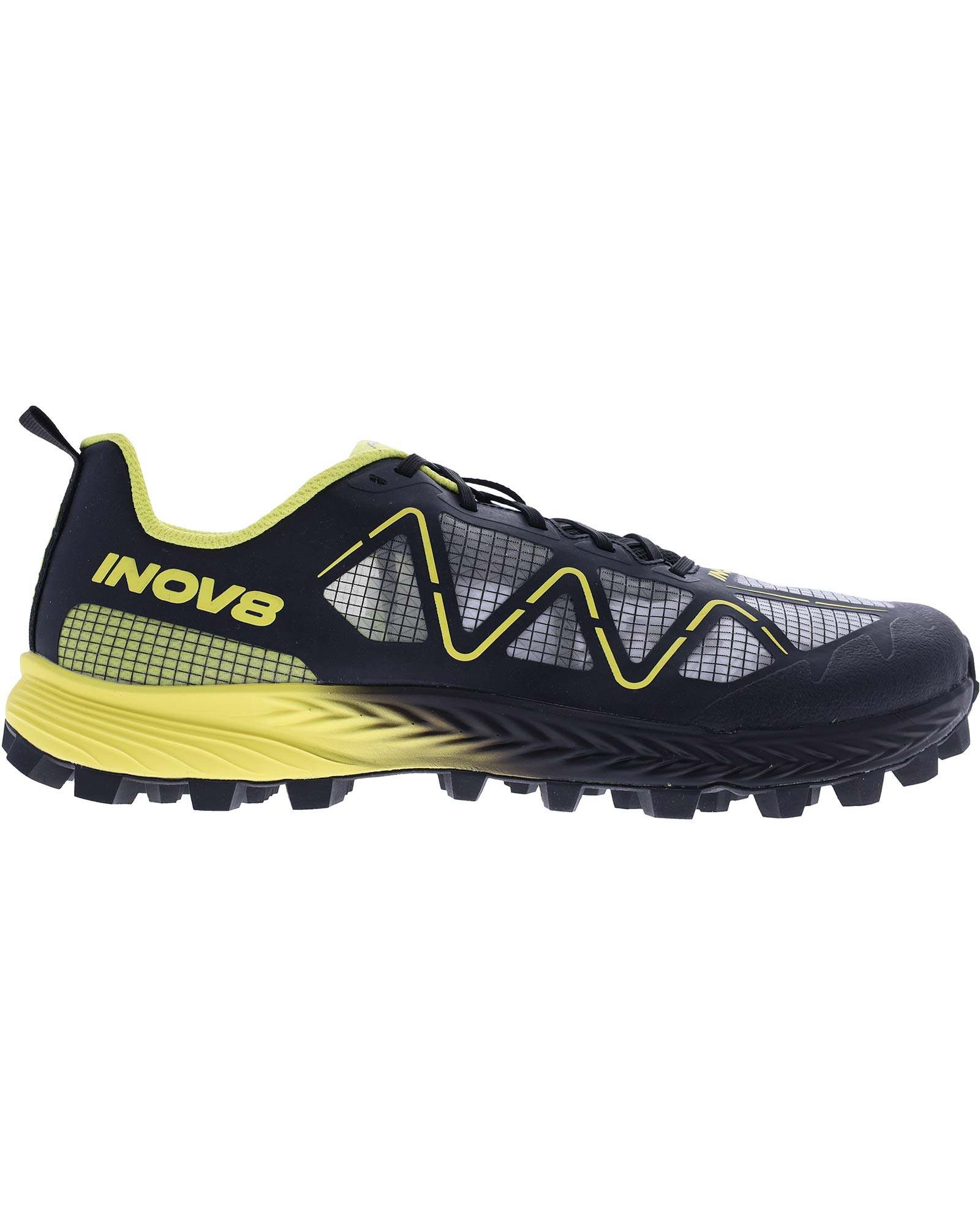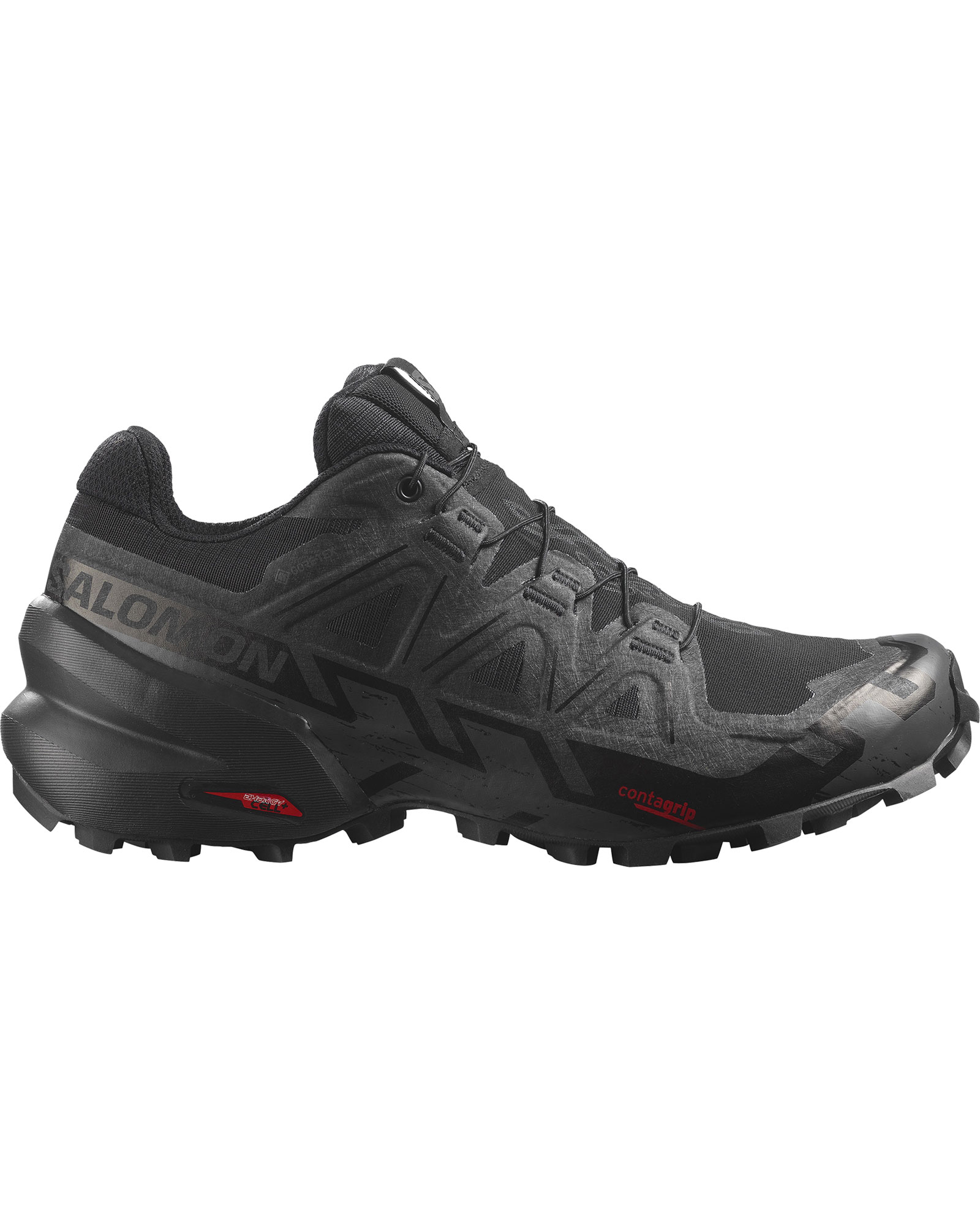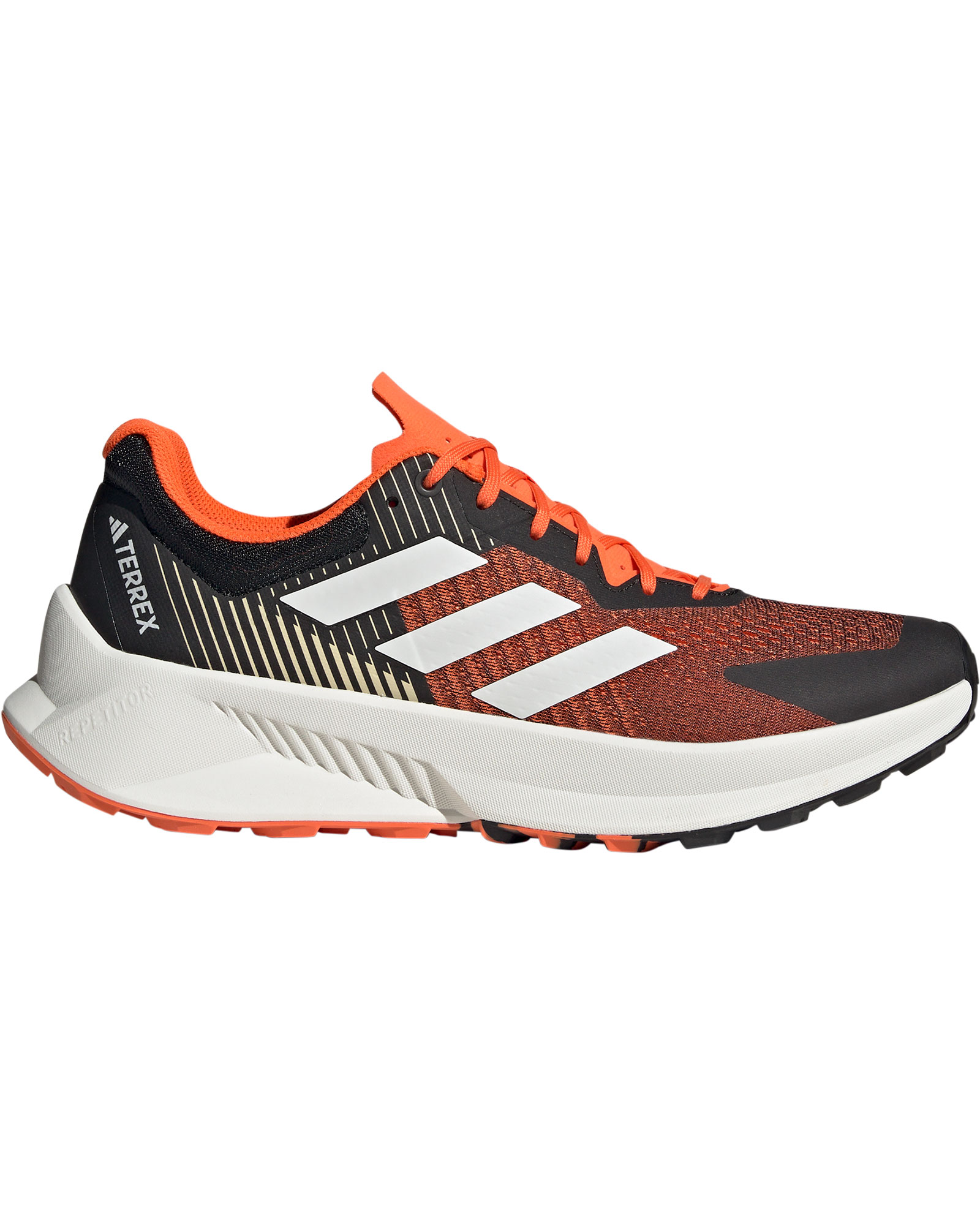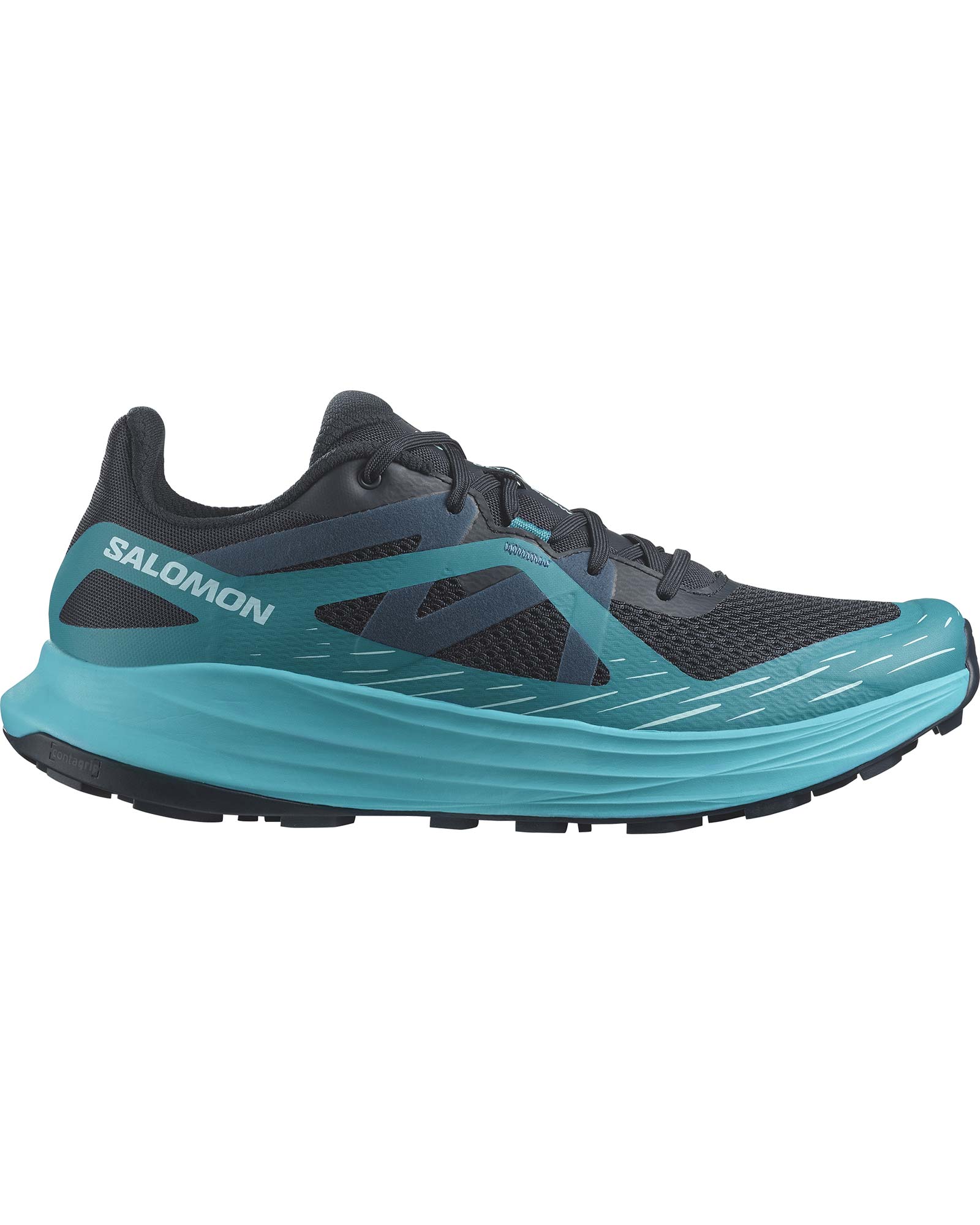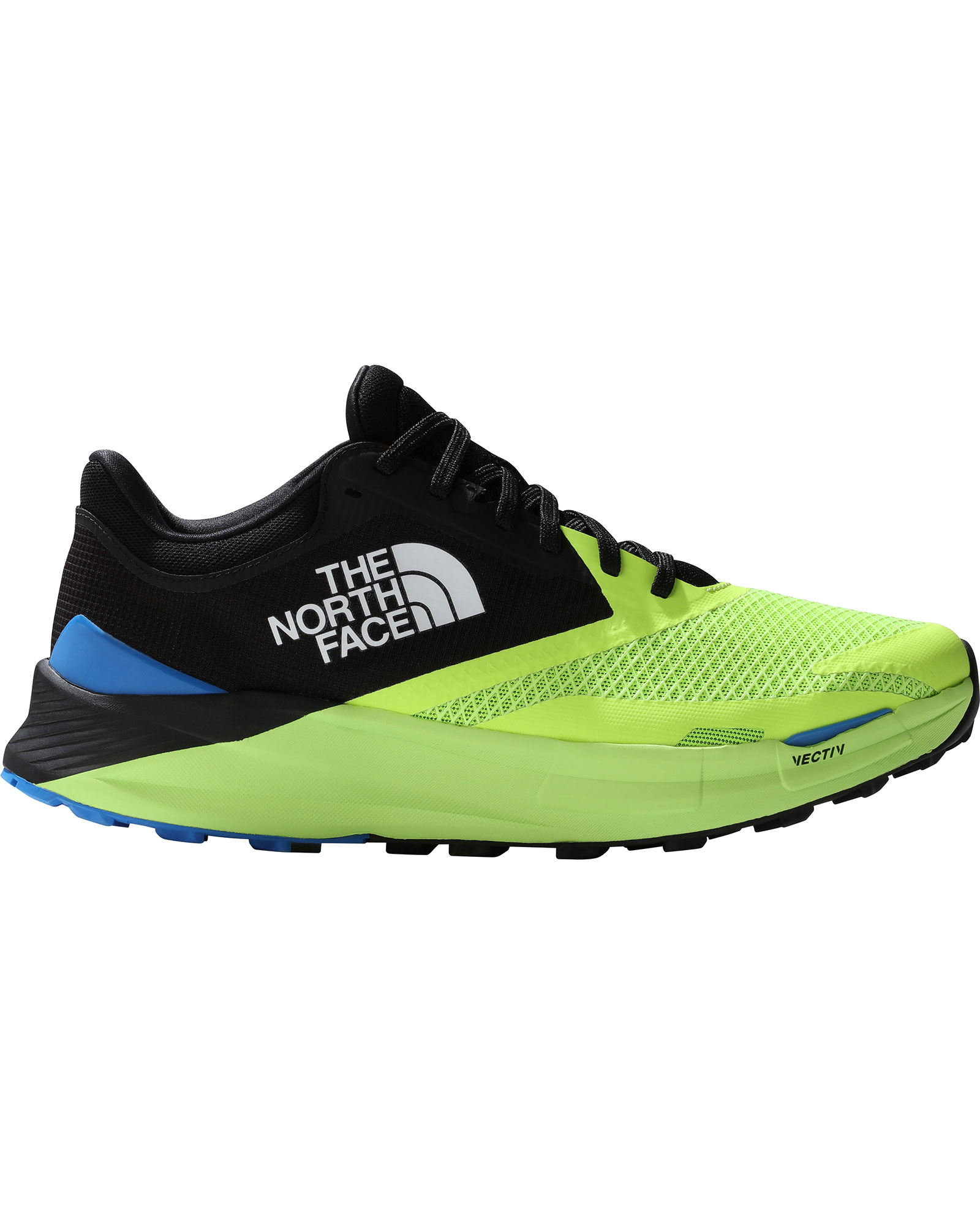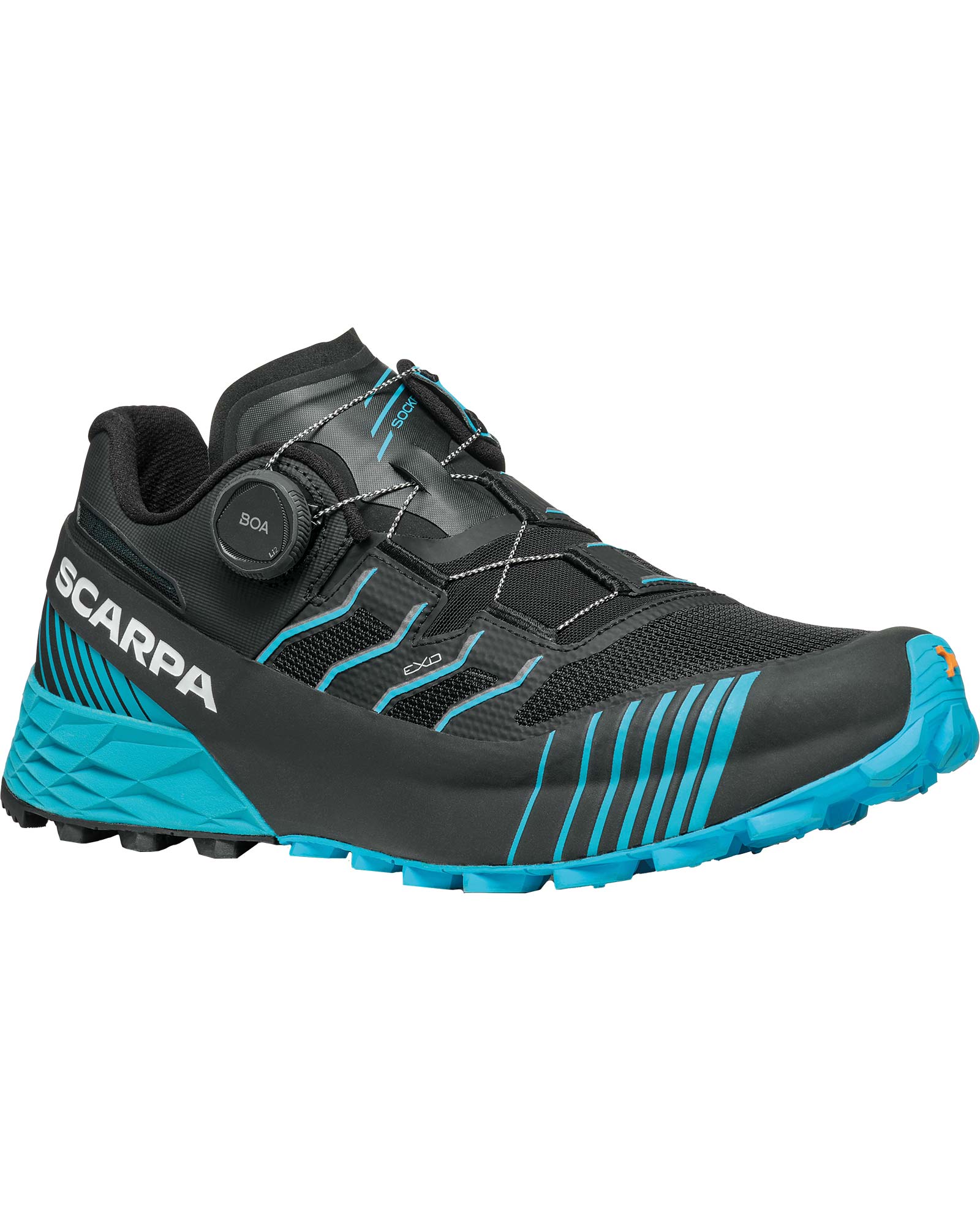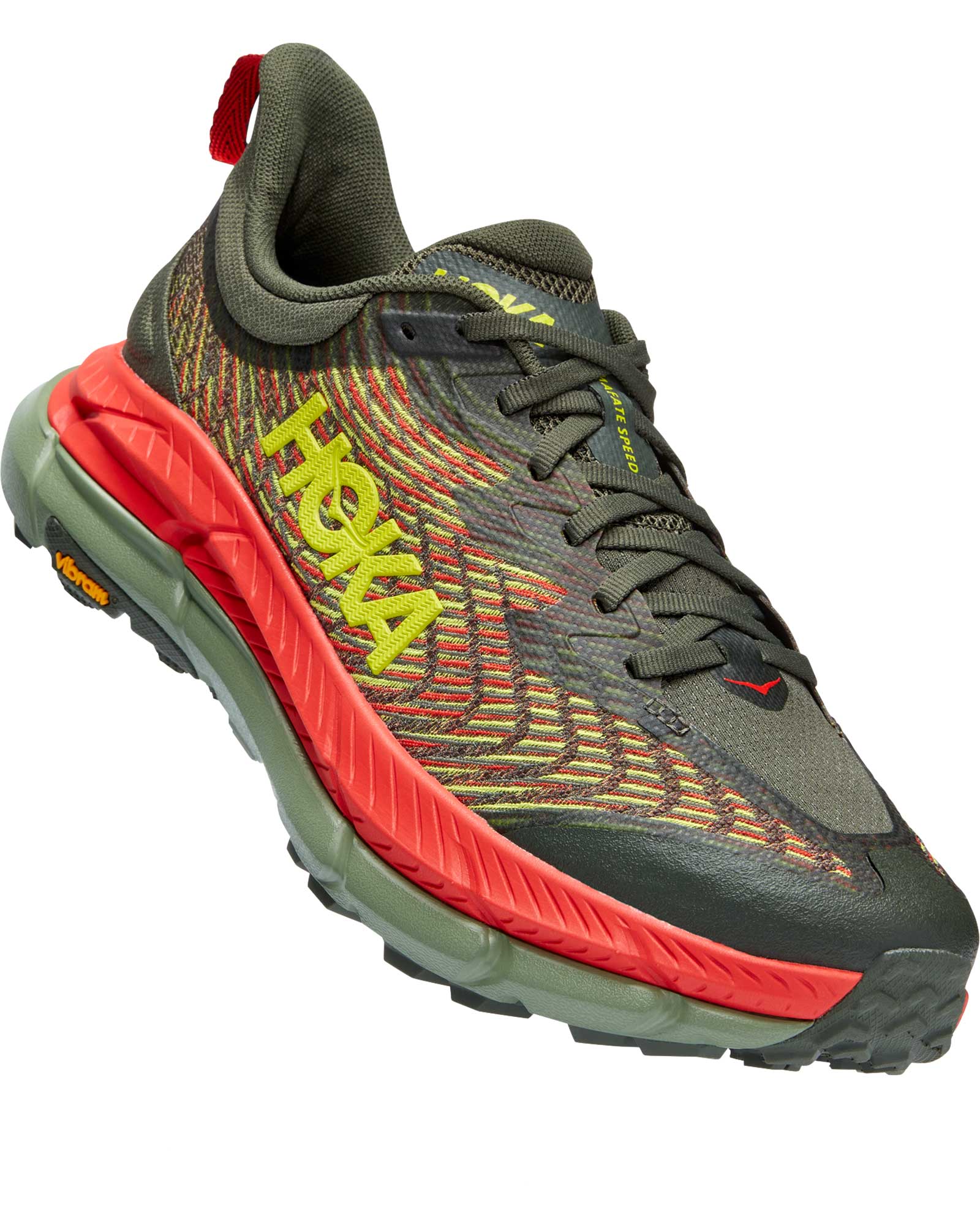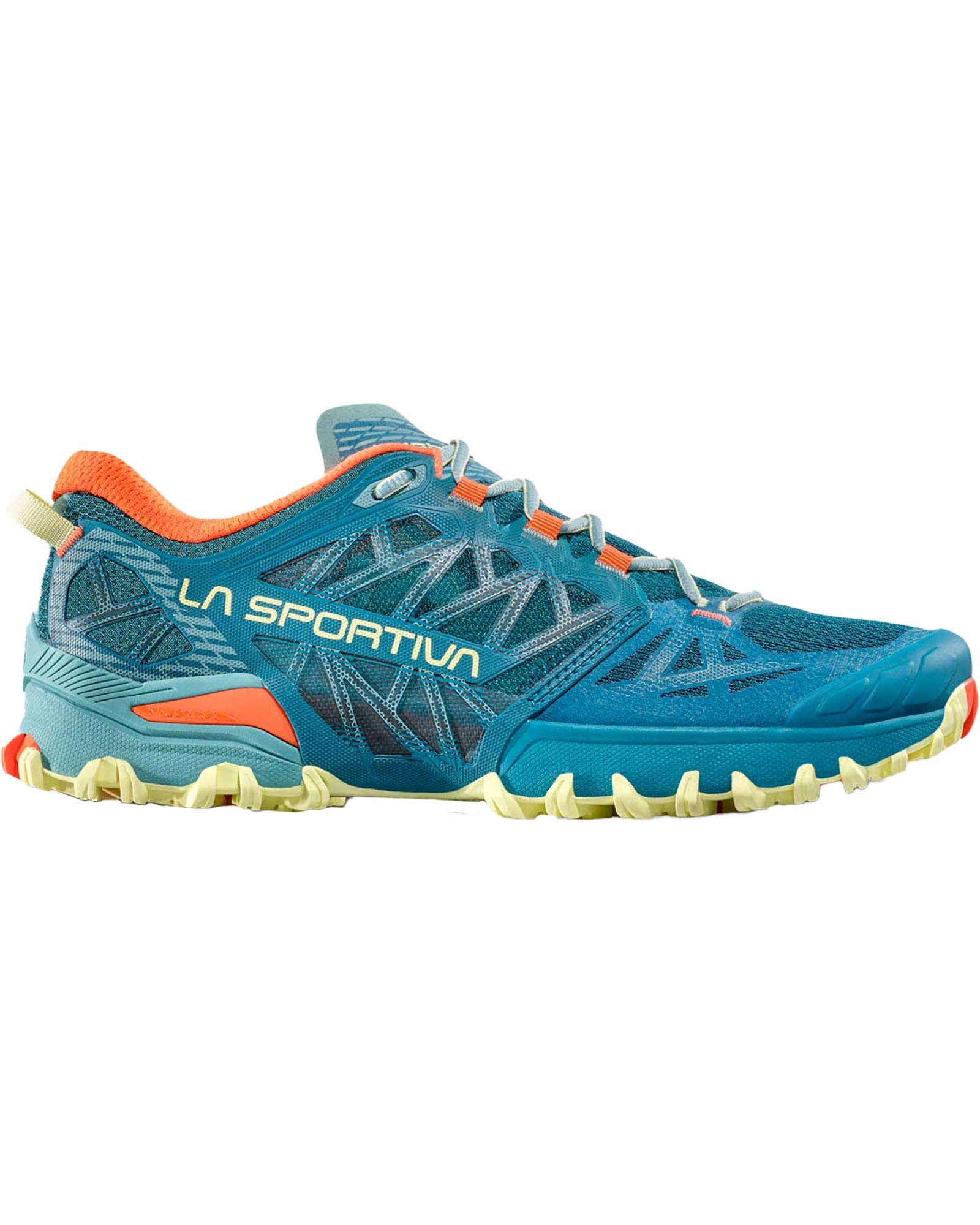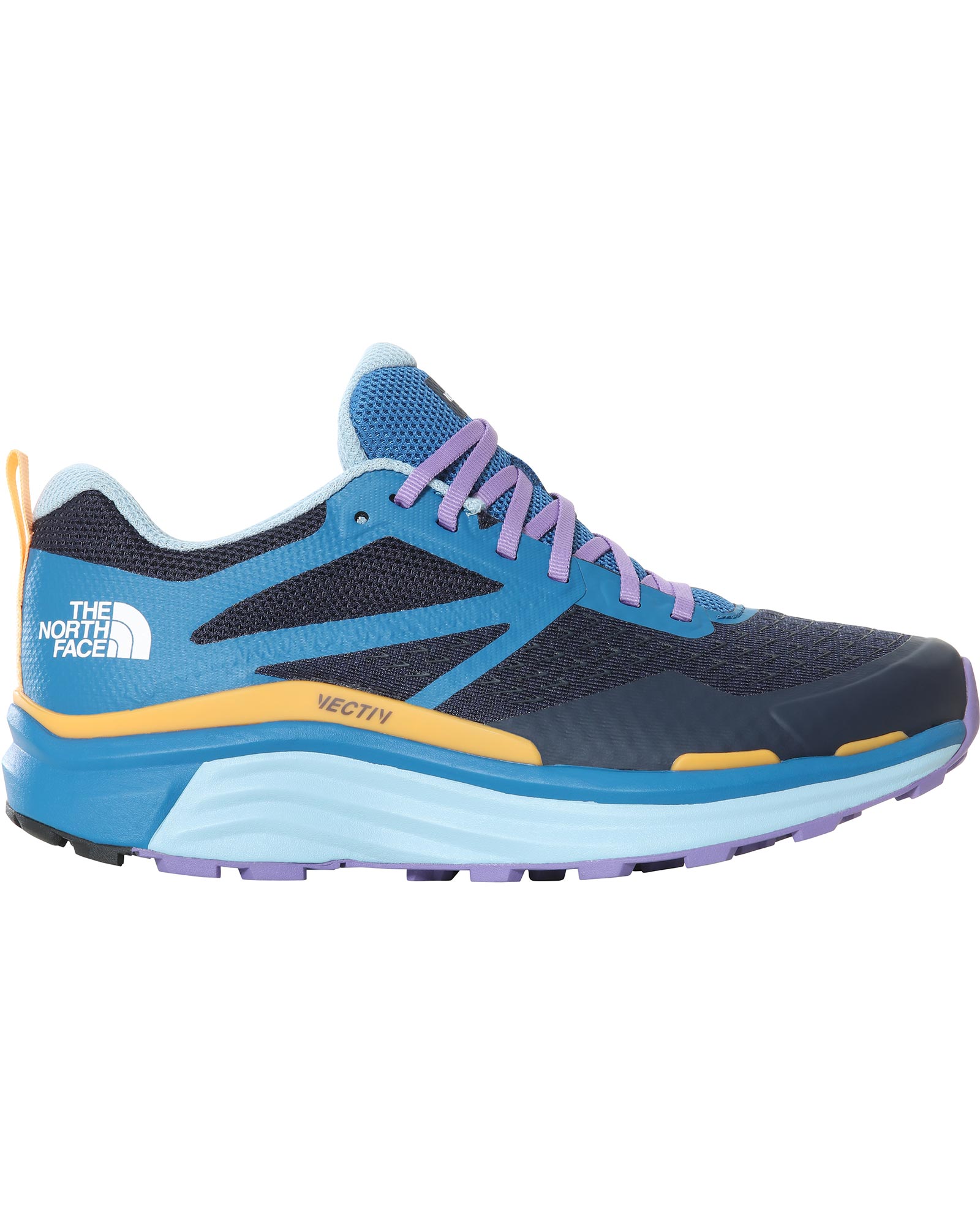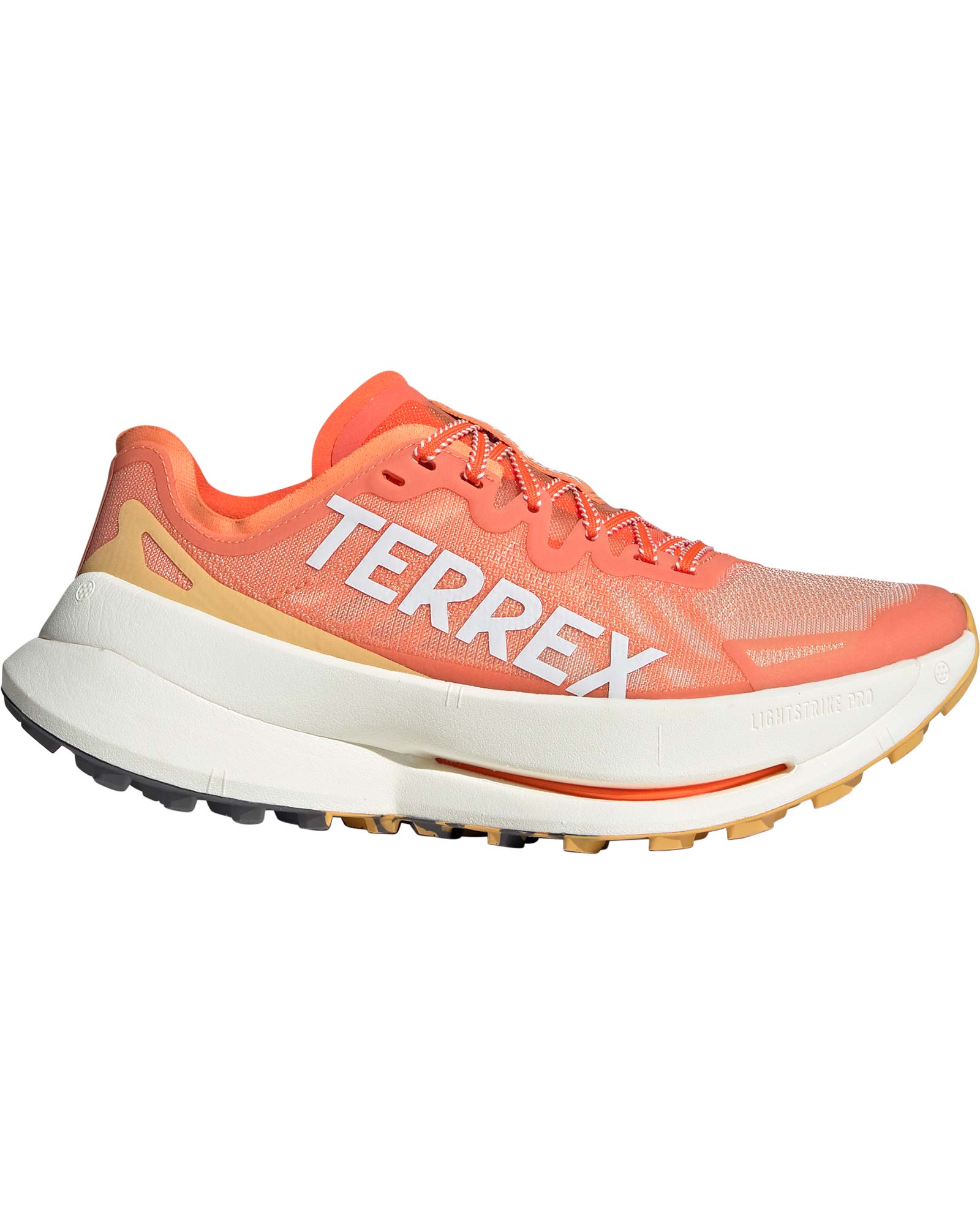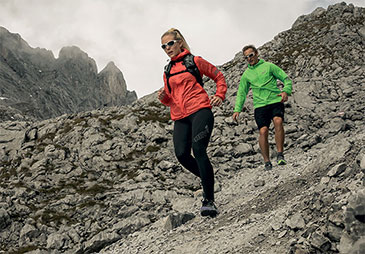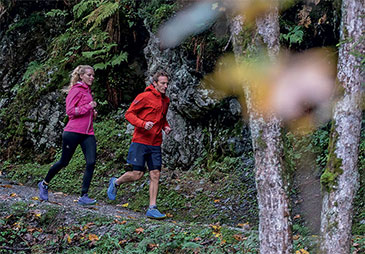Trail Running Shoe Buying Guide
Trail running shoes are specifically designed for travel across off-road terrain; gripping the loose surface, providing support and protection. The technical nature of their intended terrain means there are plenty of factors to consider and consequently plenty of options available, so it can be difficult to select the perfect pair. This guide will help you understand the different components of trail shoes and how they affect how they perform and feel.
When Do You Need Trail Running Shoes?
First up: when do you actually need a trail-specific shoe? A road running shoe will be able to handle occasional dry adventures off the pavement, but will provide less stability and is more likely to become clogged with mud or slip on loose surfaces. The lack of grip will slow you down, impact your technique and might lead to injury. Also a road shoe is not designed to support your foot when travelling over uneven surfaces, therefore its off-putting when your foot is moving around in the shoe too much and it will be much easier to roll your ankle.
So, if you've begun to dabble in the fabulous world of trail running and you're running off-road more often than not, trail running shoes are a must.
Trail Running Shoe Anatomy
Trail shoes borrow many of their features from regular running shoes and walking shoes for an optimal balance of agility and support.
- Upper: covers the foot
- Heel support: holds the heel in the shoe preventing any lifting or shifting over rough ground
- Gusseted tongue: stitched to the upper, it prevents stones and other debris from entering the shoe
- Eyelet: holds the laces in place and secures the upper
- Foot cradle: wraps around the side of the foot adding extra support
- Toe box: dependent on the model - a low-volume toe box adds stability to the foot whereas long-distance shoes generally have high-volume toe boxes which allow the toes to splay upon impact
- Toe rand: often a rubber coating, it protects toes from rocks
- Midsole: sandwiched between the upper and the outsole, it cushions your foot stride
- Outsole: sits beneath the midsole gripping the ground
- Lugs: provide grip on loose surfaces – they come in a variety of lengths (short for hard terrain, long for loose, soft ground)
How Does Terrain Affect Shoe Choice?
The type of terrain you are planning to run on should influence what you look for in the outsole, fit, general ruggedness, level of cushioning and even drop height. If you are fell running, forget what they say where your drop height will depend on gait and experience as, a low drop and low stack height can make all the difference when racing off the path. For hard-packed or groomed trails, normal rules are more likely to apply where drop height and midsole type are personal preferences which you should align with your running style.
HOW DOES DROP AFFECT RUNNING PERFORMANCE?
In a nutshell, the lower the drop of the shoe, the more likely a midfoot or forefoot landing is. If the heel strikes the ground first, it acts as a brake and increases the shock of your stride, whereas a midfoot/forefoot landing reduces the biomechanical strain on your body and, therefore, can increase your efficiency and speed.
WHY DON'T ALL TRAIL RUNNING SHOES COME WITH A ZERO DROP?
Although zero drop shoes can improve efficiency and speed when running, they are not suited for everyone. Most everyday shoes have some form of drop in them, and many runners will instinctively meet the ground with their heel first, so our muscles, tendons and body are used to moving with this drop and stride. So, transitioning straight into zero drop running shoes would cause strain on the body and the lower legs in particular, and that could therefore lead to pain and injury.
If you want to switch to a lower drop shoe, make sure to allow your body some time to adjust to the change by starting with shorter distances and gradually building back up to longer runs.
THE DIFFERENT LEVELS OF DROP IN TRAIL RUNNING SHOES
High drop: 8 - 11 mm
High drop, also sometimes referred to as regular drop, is the most common drop across all footwear. It’s a popular choice for runners of all abilities, but especially for beginners and intermediate runners starting to increase the number of trails they run. Your calf and other lower leg muscles are under a lot of strain when you start running regularly, so it’s best to initially choose the drop closest to your everyday footwear and work your way towards a zero drop shoe later down the line if you wish.
High drop running shoes are also a good option for runners with pain or previous injury in their Achilles.
Medium drop: 4 - 8 mm
Shoes with medium drop are ideal for runners who hit the trails regularly and wish to start transitioning into low drop shoes. They offer the flexibility of switching between heel and forefoot landings, allowing you to get used to a different stride gradually.
Low drop: 0 - 4 mm
Low drop or zero drop shoes are best suited for experienced runners who want the improved efficiency of a forefoot or midfoot landing.
Ultimately, finding the ideal drop for you comes down to whatever feels the most comfortable. If you’re unsure which drop is best suited for your running style, please don’t hesitate to get in touch with us via customer services or pop into one of our stores.
Trail shoes should be snug around the heel and arch to prevent lifting, whilst the front of the shoe should sit about a finger's width away from your toes. (The size of shoes you wear every day could well be different to a pair of trail running shoes).
Foot length, width, arch shape, arch length, and foot volume are all factors that should influence the shoe you choose. It's also important to remember that your feet will swell when you run, especially on longer routes.
We recommend visiting one of our stores where our highly trained staff assess your feet and recommend suitable models.
When to Replace Your Trail Running Shoes
Over time and many miles, the midsole will compact and the shoe will become stiffer. Your feet, legs and body compensate for this change but over time it may lead to pain or an injury. Trail running shoes will also wear down through the lugs, eventually losing the grip that they originally had and not matter how hardwearing the upper is, holes will start to appear after tens of thousands of steps
The lifetime of trail running shoes varies due to a number of factors including the type of terrain you are running on, your weight, and running style. Also, shoes made for maximum grip over soft ground typically use a softer rubber through the outsole, so will provide excellent grip, but they will wear much faster than a shoe made for long distances over hard terrain.
Therefore, considering these factors, you would expect a trail running shoe to last anywhere from 250 miles up to 500+miles. Now we can log mileage on shoes much more easily, we have a better idea when new shoes will wear out. One of our keen fell runners has 11 pairs of retired shoes on Strava and has mileage ranging from 282 miles to 462 miles. However, it's worth bearing in mind that most of these miles were in the fells, which is definitely harder on any shoe, and this runner wears orthotics which can wear parts of the shoe faster than normal.
If you want any more information or have any questions about trail running shoes, feel free to use our live chat feature (bottom right hand corner of your screen), ring our customer service team or drop in at a shop.
Trail Running Shoes

